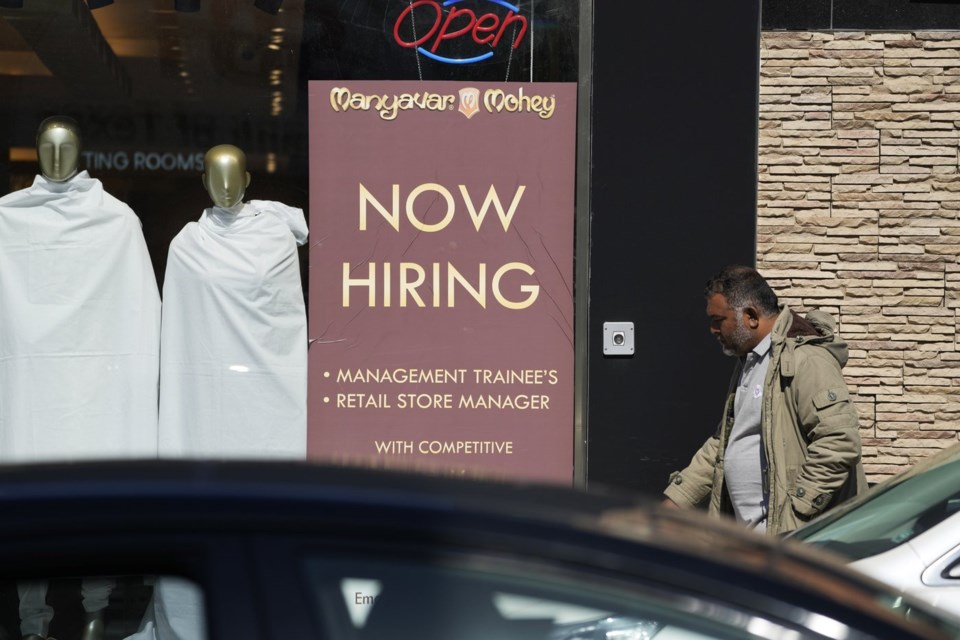WASHINGTON (AP) — The number of Americans applying for unemployment benefits dipped to 245,000 last week, hovering at historically low levels, the Labor Department said Wednesday.
U.S. jobless claims ticked down from 250,000 the week before. Economists had expected last week's claims to match that at 250,000.
The four-week average of claims, which smooths out week-to-week volatility, rose to 245,500, the highest since August 2023.
The number of Americans collecting unemployment benefits the week of June 7 slid to 1.95 million.
Weekly unemployment claim are a proxy for layoffs and mostly have stayed within a healthy band of 200,000 to 250,000 since the economy recovered from a brief but painful COVID-19 recession in 2020, which temporarily wiped out millions of jobs.
In recent weeks, however, claims have stayed at the high end of range, adding to evidence that U.S. job market is decelerating after years of strong hiring. So far this year, employers are adding a decent but far from spectacular 124,000 jobs a month, down from an average 168,000 last year and an average of nearly 400,000 from 2021 through 2023.
The hiring slowdown is partly the drawn-out result of 11 interest rate hikes by the Federal Reserve in 2022 and 2023. But Trump’s aggressive and often-erratic trade policies — including 10% taxes on imports from almost every country on earth — are also weighing on the economy, paralyzing businesses and worrying consumers who fear they’ll mean higher prices.
Carl Weinberg of High Frequency Economics is worried that claims remain elevated compared with recent years, when employment has remained very low by historical standards.
“We believe firms have been ‘hoarding’ workers to ensure that they don’t lay off skilled and trained workers by mistake, especially with the labor market still very close to full employment,” Weinberg wrote. "With uncertainty still high ... companies have remained hesitant about layoffs. That may be changing.''
The Fed, satisfied that an inflation was coming down, cut rates three times last year. But the central bank has turned cautious in 2025, worried that Trump’s tariffs will rekindle inflationary pressures. The Fed is expected to leave rates unchanged as it wraps up a two-day meeting Wednesday.
Paul Wiseman, The Associated Press




